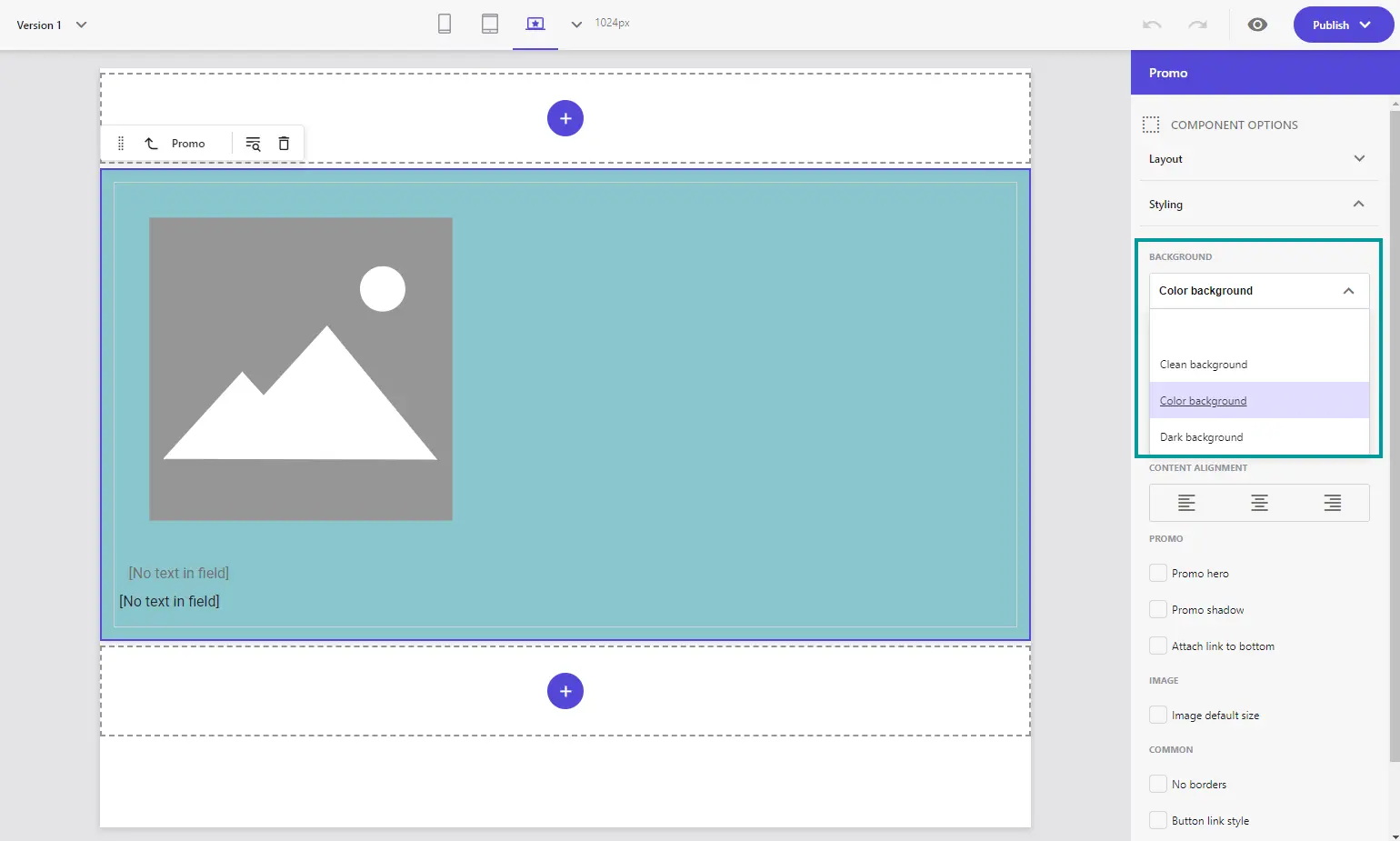Do you know how to identify when you should create a rendering variant for a component, and when you can simplify effort by setting rendering parameters? Below is the answer and it’s pretty straightforward.
To address let's first take a look at both options and options and identify their key differences.
Rendering Parameters allow you to have additional control over a component/rendering by passing additional parameters into it. Key-value-pair is the most simplistic form, but of course, you can use any advanced form of input by leveraging rendering parameters templates, but regardless of the chosen way the result will be the same - you pass some additional parameters into a component. Based on those params a component can do certain things, for example, show/hide specific blocks or use more advanced styling tricks. Important to keep in mind - that all the parameters are stored within a holding page. Remember that you should inherit Base Rendering Parameters template to have full support in Pages Builder.

Rendering Variants (aka. Headless Variants) feel more advanced compared to params. The principle difference is that a variant allows you to return principally different HTML output and do way more complicated manipulations over the HTML structure. You should use common sense when choosing variants and leverage them in cases where the same component may present various look and feel options: for example, a promo block with two images having a headless variant of these same images positionally swapped. Achieving the same with rendering parameters would require bringing ugly presentation logic into the components code along with code duplications. Using variants allows us to achieve the same result way more elegantly. Note that, Variants originate from SXA, therefore when you bring a legacy JSS site to XM Cloud without converting it to SXA - this option isn't available.

Both Rendering Variants and Rendering Parameters assume you use the same component that receives the same datasource items (or none datasource at all). You should never leverage datasource items to control the presentation or behavior of components - they are purposed exclusively for storing the content, as it comes from their name.
Hope that clarifies the use cases and removes ambiguity.